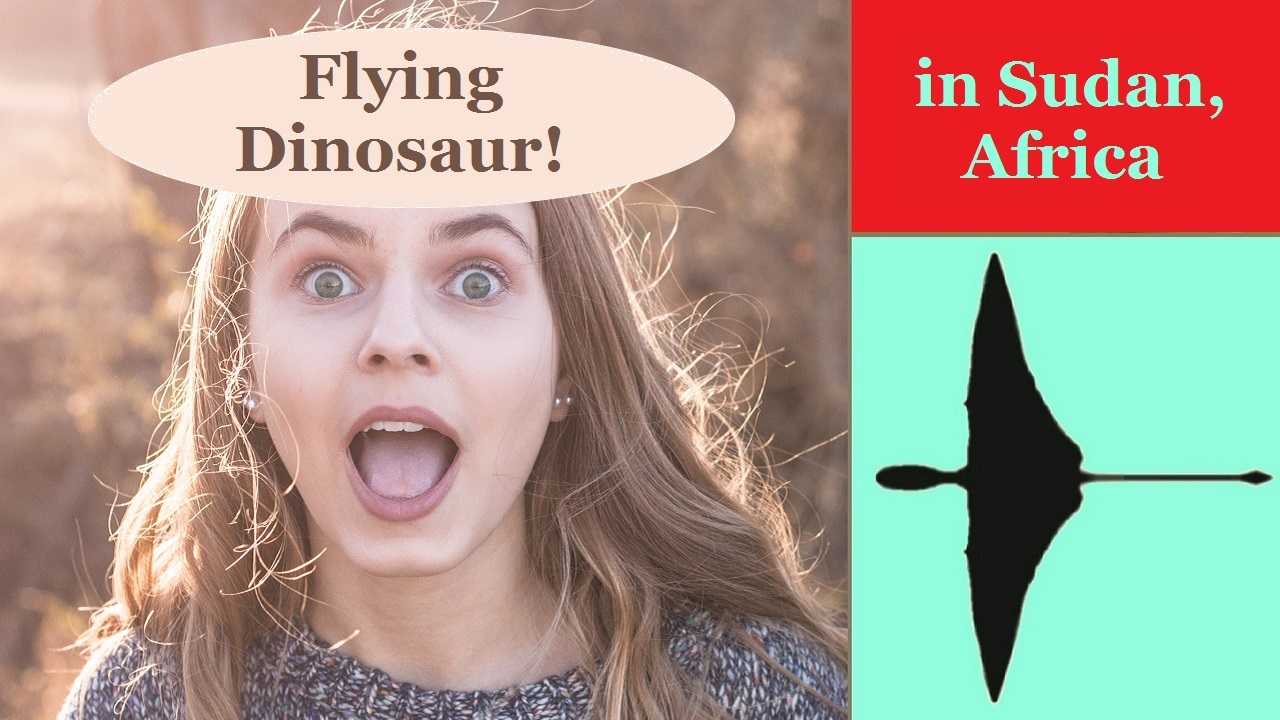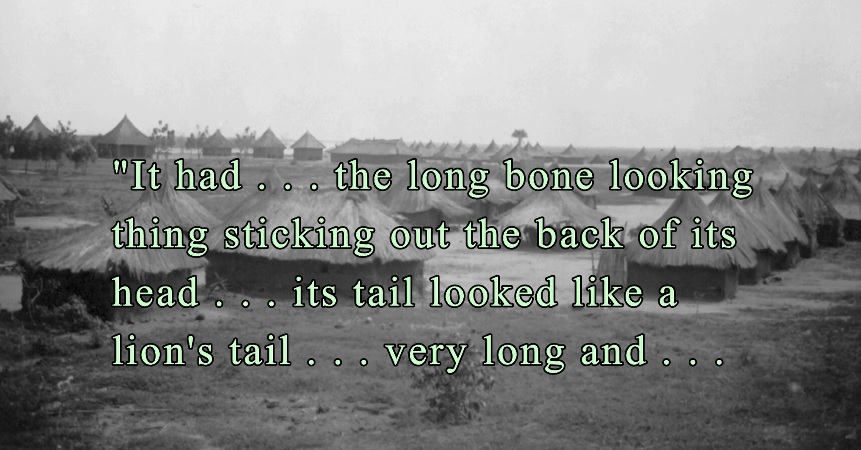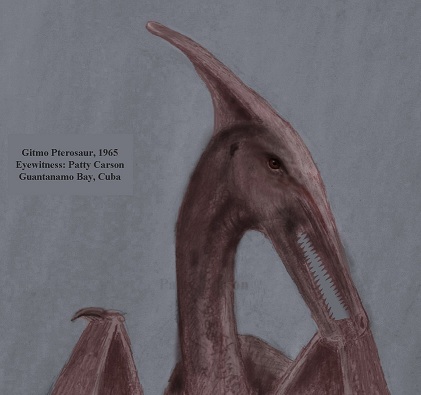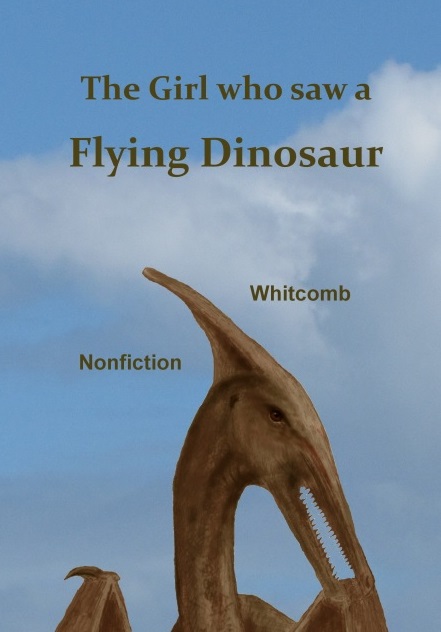By the cryptozoologist Jonathan Whitcomb
If I do say so myself, this paranormal music video is an entertaining way of informing viewers of a sighting of an apparent living pterosaur in Sudan, Africa, and comparing it to an encounter in Cuba: “Flying Dinosaur in Africa.” I uploaded it to Youtube yesterday (my channel is Protect Animal Life).
As of May 11, 2019, this is the shortest video on my new channel, at just over three minutes long; it has only one sighting report, although it does compare it to another sighting, that one in Cuba.
Here’s a bit more about the sighting in Sudan (including some details not in the video), taken from the fourth edition of my nonfiction book Searching for Ropens and Finding God:
In Sudan the classic house is one level made of mud bricks and walls . . . each room being a separate unit, but connected by a roofless hallway that leads to the patios.
One evening in July of 1988, we had some guest over the house. . . . The guest were in the living room which was at one end of the house, and my aunt was in the kitchen . . .
She asked me to bring the tray of tea, cookies, sugar & spoons to the guest. . . . I took the tray walked through the open hallway . . .
When I got to the patio, I noticed something on the roof . . . it was night time but the patio has one of those long cylinder like light bulbs that light up the whole patio . . . I was standing by the bathroom, about 10 feet away from [the thing]
It was perched about 5 feet from the light bulb. I seen it very clearly and got a good look at it. It was very large, about 4 or 5 feet in height. It was an olive brown color, no feathers. It was leathery looking. It had a large long, wide beak and the classic appendage (the long bone looking thing sticking out the back of its head). It had really large black claws and its tail looked like a lion’s tail . . . very long and had a bushy or hairy tip.
The above is part of what’s in the book, which has more information than the video has.
Why don’t you watch the video yourself?
From the paranormal music video “Flying Dinosaur in Africa”
###
.
Music video “Pterosaurs in California”
Seven sightings of huge flying creatures in California
.
Shooting down a flying-fish conjecture regarding living pterosaurs
Although some modern pterosaurs appear to live close to water . . . the sighting reports themselves, when details are noted, eliminate any reasonable possibility that what was seen was a stingray.
.
Deep in the bush of east central Africa, lives a beaked, flying creature called the Kongamato. This fascinating animal first received widespread attention when explorer Frank Welland described it in his 1932 book In Witchbound Africa.
.
This post begins with a sighting report in the U.S. state of Georgia.
.








